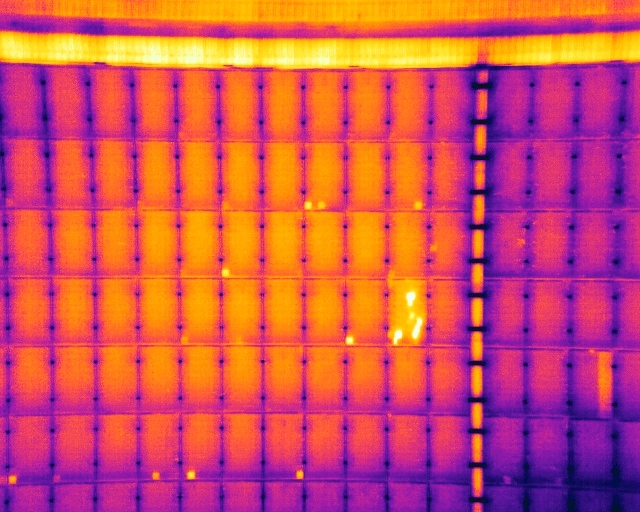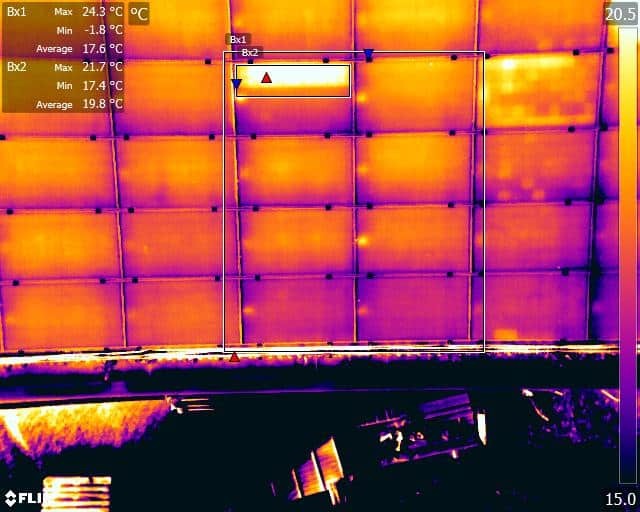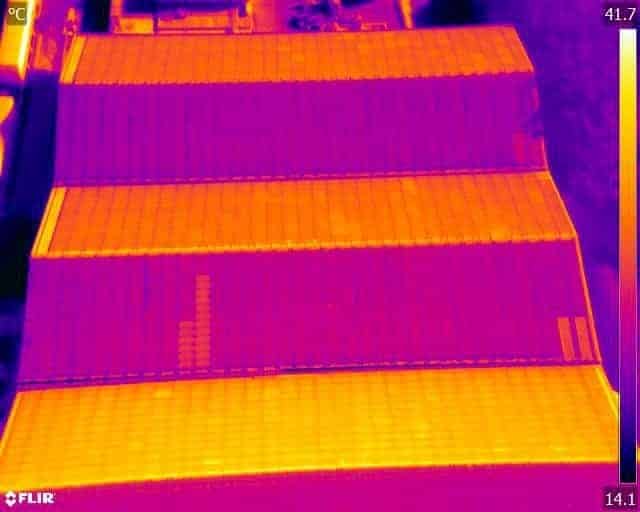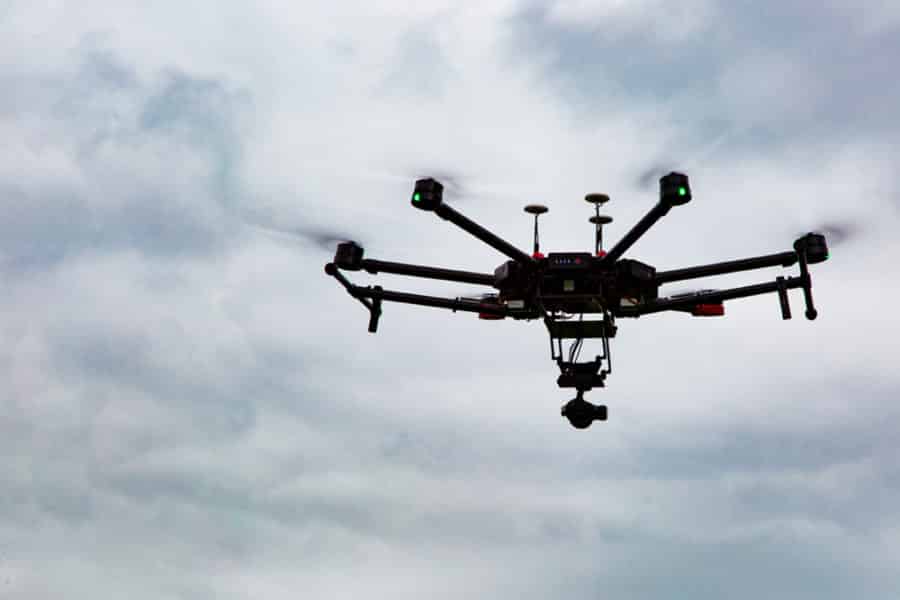
Solar Panel Faults – Common Types and Causes
Common Typoes of Solar Panel Faults and Causes


Solar panels are a popular and efficient source of renewable energy that can last for decades. However, like any other technology, they are not immune to faults. Identifying and fixing faults in solar panels is essential to ensure their long-term functionality. In this article, we will explore the common types of solar panel faults, their causes, and how to prevent them.
Solar Panel Faults: Common Types
Hot Spots
A hot spot is a concentrated area of high temperature on a solar panel, usually across a single cell. It occurs when a section of the panel fails to convert solar energy into electricity and instead absorbs it, causing heating. Hot spots can lead to panel damage, reduce efficiency, and in extreme cases, potentially start a fire.
PID (Potential Induced Degradation)
PID is an electrical phenomenon that causes a significant drop in the output power of a solar module panel. It occurs when a voltage difference develops between the solar cells and the grounded frame, leading to a leakage current. PID can be caused by environmental factors such as high humidity, temperature, and voltage. It can also be as a result of poor manufacturing quality control.
Broken or Damaged Cells
Broken or damaged solar cells can significantly reduce the efficiency of a solar panel. External factors such as hailstorms, debris, and excessive wind can lead to cracks or breaks in the cell covering. Broken cells can also cause hot spots, leading to further damage and may spred to neighbouring cells.
Causes Explained
The common causes of solar panel faults are from environmental factors, manufacturing defects, and poor installation. Environmental factors such as extreme temperatures, humidity, and voltage can cause PID and hot spots. Manufacturing defects such as faulty cells, inadequate and faulty soldering, and poor connections can lead to broken or damaged cells. Poor installation, including improper wiring, incorrect spacing, and insufficient support, can lead to panel damage and reduced efficiency.
Preventing solar panel faults involves regular maintenance and thermal inspection, proper installation, and the use of high-quality components is paramount. Regular cleaning, monitoring, and timely repairs can help prevent hot spots and the development of module failure, PID, and broken cells. Proper installation by qualified professionals can ensure the optimal performance and longevity of solar panels systems. Choosing high-quality components such as cells, wiring, and inverters can also prevent faults developing.
Aerial inspections by drones equipped with thermal cameras and in the hands of certified thermographers, finding and reporting these common faults is striaghtforward and cost effective.
Identifying and fixing solar panel faults is crucial to ensuring their long-term functionality and efficiency. Hot spots, PID, and broken or damaged cells are common types of solar panel faults caused by environmental factors, manufacturing defects, and poor installation. By following simple guidelines, and ensuring regular thermal inspections, solar panel owners can enjoy clean and sustainable energy for years to come.



IEC Solar Inspection Services
We are certified thermographers, experienced in solar panel inspection to IEC standards. We can complete both the structured and compliant data capture through to the formal inspection report.
As approved drone pilots we work throughout the UK to provide both aerial and ground based thermography services. Fully insured and certified by the CAA with enhanced permissions for day and night time flights
Expert Infrared Inspections for Accurate Thermal Assessments
Need professional thermographic analysis for your project? Our certified experts use the latest infrared technology to deliver precise results. Contact Drone Media Imaging today for expert thermal imaging services.









